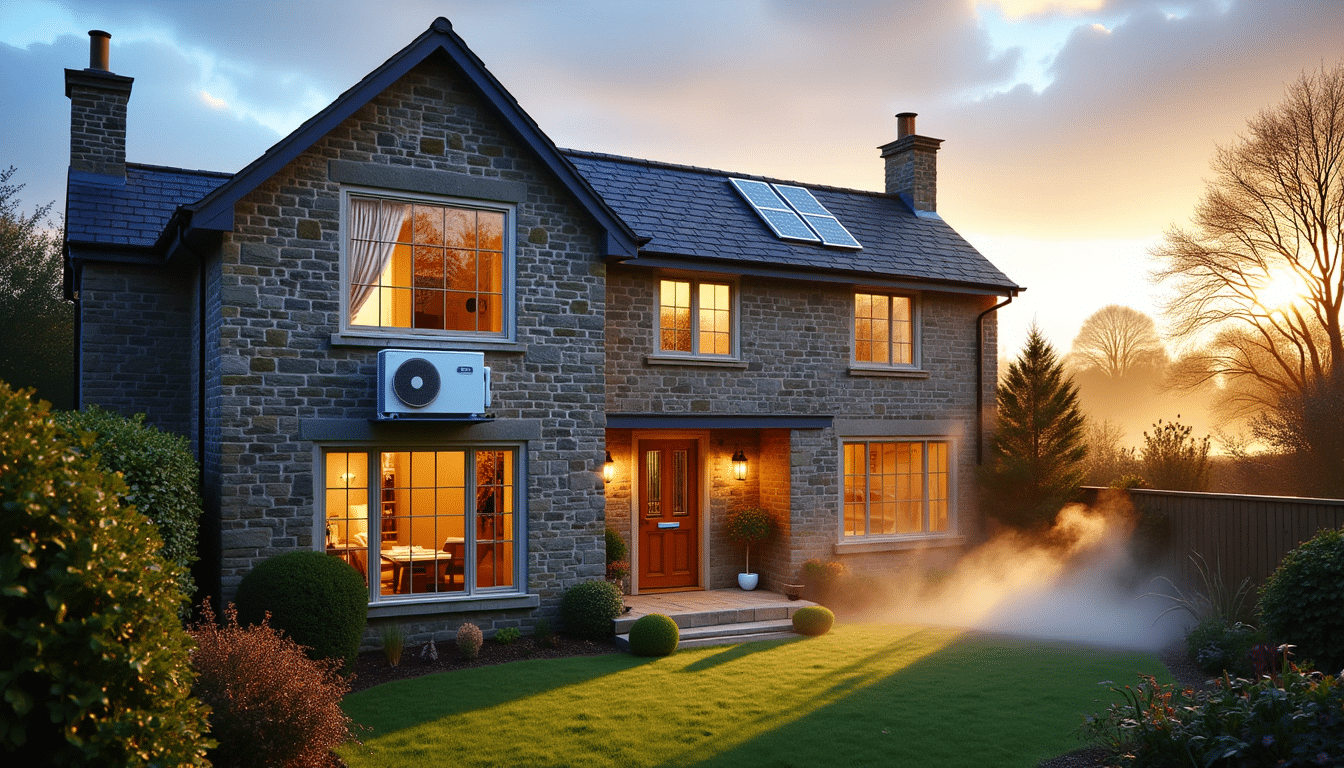Start with Insulation: The First and Most Powerful Step
If you can only do one thing to improve energy efficiency, start with insulation. In a typical UK home, heat escapes through the roof, walls, floors, and draughty windows – and it’s money literally going out the door.
- Loft insulation is one of the most effective energy-saving measures. A properly insulated loft can save hundreds of pounds each year and lasts for decades.
- Cavity wall insulation prevents warmth from escaping through your external walls, while floor insulation (especially in older properties) helps retain heat in downstairs rooms.
- Don’t forget about smaller gaps – sealing draughts around skirting boards, keyholes and window frames can make a noticeable difference.
If you’re unsure about the best insulation for UK homes, look for materials with high thermal resistance (R-value) and eco credentials – natural wool, cellulose and recycled materials are great sustainable building options.
Upgrade Your Windows and Doors for Long-Term Gains
Next up: glazing. Replacing single-glazed windows with double or triple glazing dramatically reduces heat loss, cuts condensation, and significantly dials down external noise – ideal if you live near a busy road.
Look out for energy-efficient windows and doors that are not only thermally effective but also made using recycled or sustainable materials. These modern fittings offer both performance and curb appeal – plus, they help you meet the higher environmental standards that will soon be required.
Whether you live in a terraced home in Leeds or a stone cottage in the Dales, there’s a range of styles and finishes to suit traditional and modern homes alike.
Heat Pumps: The Low-Carbon Heating Switch for 2025
Traditional gas boilers are slowly being phased out, and with good reason. A key part of meeting the Future Homes Standard 2025 is moving towards low-carbon heating – and this is where air-source heat pumps shine.
These clever systems extract warmth from the outside air (yes, even in Yorkshire winters!) and use electricity to heat your home and water. They’re significantly more efficient than fossil fuel heating and can lead to serious long-term savings.
The upfront cost can seem daunting, but this is one of those smart sustainable home upgrades in 2025 that pays back over time – and there’s help available. Government grants for green home upgrades, like the Boiler Upgrade Scheme, can make switching more affordable, especially for homeowners looking to reduce their footprint and future-proof their property.
Don’t Forget Your EPC – It’s a Ticking Clock
Energy Performance Certificates (EPCs) are becoming more and more important, particularly for landlords and renters. With upcoming regulation changes on the horizon, improving your rating now can help avoid costly last-minute fixes later.
The good news? Every upgrade you make – insulation, glazing, a heat pump – directly contributes to a better EPC score, making your home warmer, cheaper to run, and more attractive to future buyers or tenants.
Making Your Home a Future-Ready, Eco-Friendly Space
Once you’ve tackled the big wins, you might want to explore additional eco-friendly renovations and sustainable building materials to complete the transformation.
Think repurposed timber flooring, natural clay paints, or systems for harvesting rainwater. Every small choice adds up, especially when paired with green living tips like composting, water-saving habits and energy-aware routines.
You’ll not only reduce energy bills sustainably, but you’re also building a life that’s genuinely kinder to the planet.
Final Thought from Ella
Living in a rural corner of Yorkshire, I know first-hand how much difference these changes can make. When we started insulating our old stone farmhouse and installed a heat pump, the warmth was almost instant – and so were the savings. It’s not about grand refurbishments overnight, but small, confident steps that make your home better for you and the world around you.
Start where you are. Use what you have. And remember, even the smallest eco-upgrade is a step towards a more comfortable, sustainable home.







